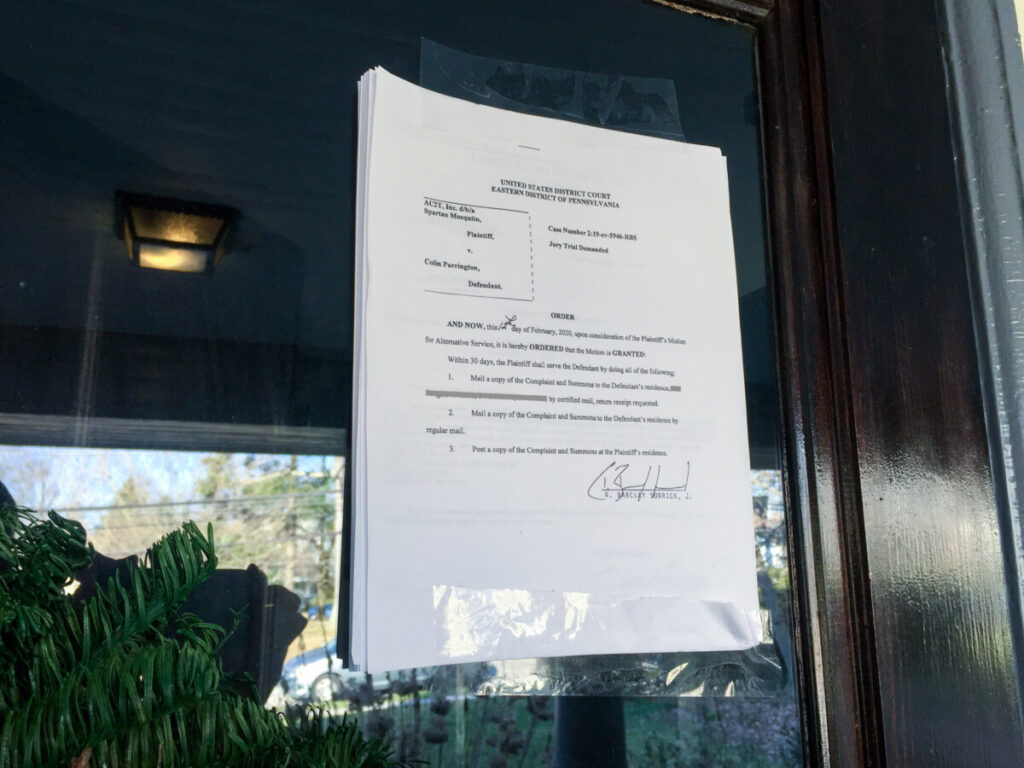AC2T, Inc, a Mississippi company valued at over $100 million, is suing me in Federal court over my review of the Spartan Mosquito Eradicator, a plastic tube filled with sugar, salt, yeast, and water that the company claims will kill up to 95% of mosquitoes in a yard for 90 days. The case is a SLAPP, a strategic lawsuit against public participation, that is intended to bankrupt and silence me. A secondary goal of the lawsuit is to silence individuals and organizations who might otherwise speak out about the scam. The case is currently in the discovery phase but Spartan Mosquito has stopped providing documents (e.g., which scientists signed non-disclosure agreements with company, raw testing data, internal communications, etc.), and the judge is considering motions to impose sanctions on Spartan Mosquito for failing to comply with his previous orders. Court documents can be downloaded at Court Listener.
Because I’m in the United States, Spartan Mosquito will not be required to pay my legal costs when this case eventually gets decided in my favor. To get my money back ($90,000+ as of March 2024), I’ll need to sue the company for its initial SLAPP, a process that will take even more money and more time. My suit will seek punitive damages against the company as well as the two founders, Jeremy Hirsch and Chris Bonner. They both have expensive houses with swimming pools so I know they have money.
I’m hoping that my case helps push the need for Federal anti-SLAPP legislation. But I know that’s unlikely, so I’m trying my best to make an example of Spartan Mosquito, as a warning to companies that SLAPPs can backfire. To that end, I’m using this blog to make sure everyone knows about the scam, with the hope that the national media will eventually pick up the story. Once that happens the company will likely go bankrupt.
In related news, Spartan Mosquito will soon settle a class-action lawsuit for $3.6 million that was fully based on my review. I don’t get a dime.
Here are my other posts on Spartan Mosquito.



